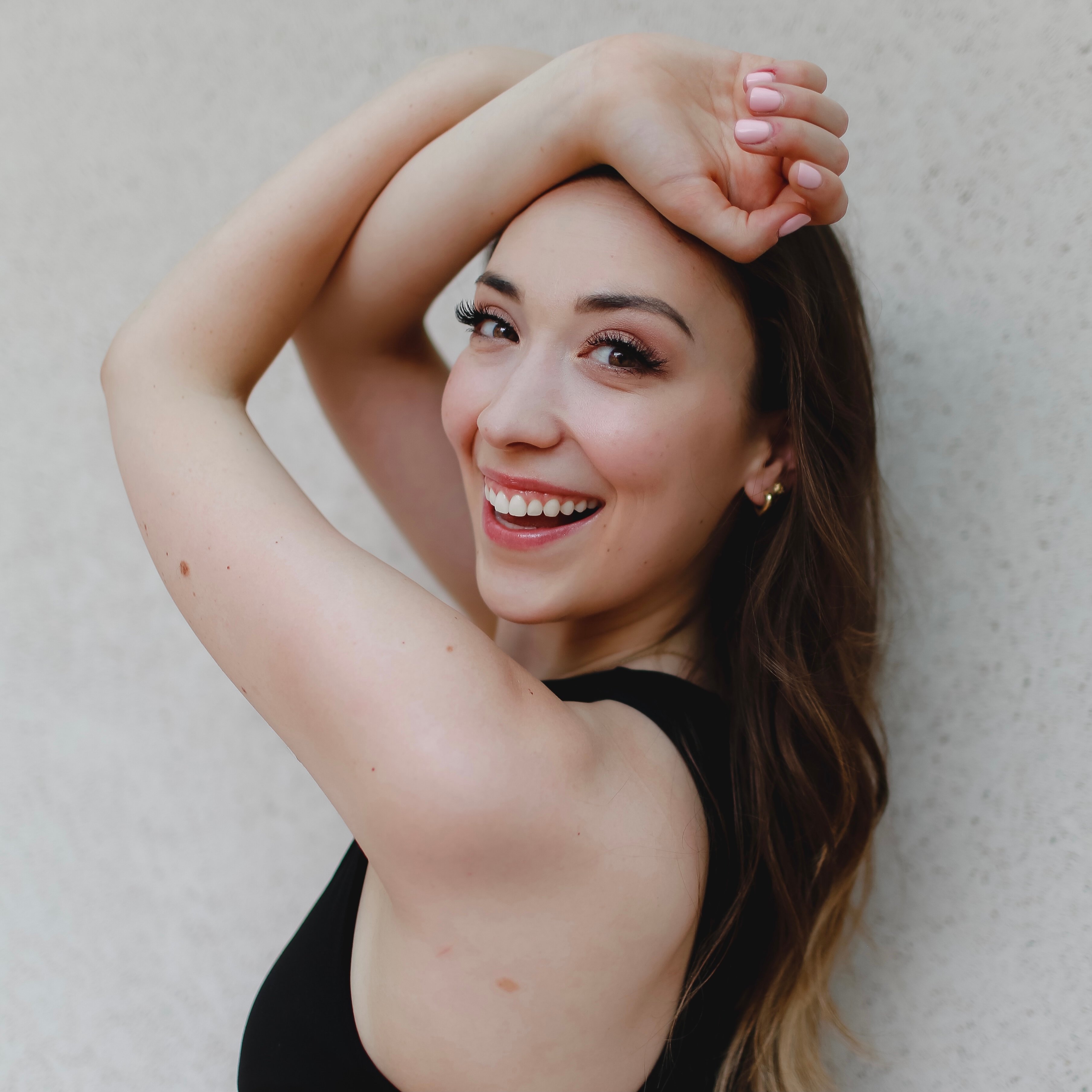Music and dance have been intertwined since the beginning of time—in fact, from the onset of partner dancing in particular, music has inspired new movement and dance styles, and dance has inspired musicians to play and arrange their music in new ways.
As dancers, we attempt to move with impressive musicality...and this is not always an easy feat! We sat down with Musical Director (he plays music for ballroom competitions around the world), Brent Thomas Mills, from MusicMills to provide you with insight that can enhance your musical experience during practice time, at a social or party, or on the competition floor.
What makes a song "good" to dance to?
Two things make a good song: a clear beat and a short introduction. Keep in mind that a “clear beat” to someone with a knowledge of music, will not be the same as someone brand new to dance music.
Introductions of songs typically occur and end before the phrasing begins. Phrasing, which you might hear often in the ballroom dance setting, is a combination of beats and measures. “In Foxtrot, 4 bars would equate to your phrasing: 1 2 3 4,” he explained. When Brent is playing music at ballroom dance competitions, he selects songs with short intros so that competitors can find the beat/tempo quickly and with ease.
Do musical selections vary in their tempo for Amateur, Professional, and Pro-Am divisions in ballroom competitions?
Contrary to popular belief, the sanctioned tempi per the National Dance Council of America (NDCA) is the same across all level categories, with one exception*. Brent explained that the NDCA has defined tempi which ensure speeds are used that accommodate certain skill levels. Of course, there is leeway—tempi for professional dancers can vary, depending on who and what is happening on the floor, for example.
*According to the NDCA, International Rumba is played at 96BPM (beats per minute) for Professional and Amateur Dancers, and 104BPM for Pro-Am competitions.
What are your tips for dancers who struggle to count music or are new to counting music?
“Turn on shuffled music (where you don’t know what song will come next), listen and count,” he said. Brent also suggests listening and counting to the flow of non-ballroom music, as getting acquainted with any musical patterns will make counting easier over time. You can even integrate these exercises into your practice time!
How can I use music to my advantage during dance lessons or practice?
We have all been there—you’re in the studio hoping to Feather to a Foxtrot, but the couple across the room is set on the Samba.
“Stop waiting for the right song to come around,” said Brent. Take what’s playing and challenge yourself by dancing at this unique tempo. This won’t work for every song, every time (last time we tried to Jive to a Waltz it didn’t go over so well 😂), however Brent reminded us that “you can Cha Cha to Tango, you can Foxtrot to Samba—for a lot of the dances, all you need is a consistent four beats.” In a busy studio, it is unlikely that you will have authority over the music when other lessons and practices are going on. This may be a good reason to also invest in a pair of wireless headphones!
Is there a time to dance without music?
Dancing without music is a beneficial exercise which lets dancers focus on the elements they may forget about when the music starts playing, “you become more aware of the room, your connection to your partner, [specific features of connection such as] pressure and weight…”, explained Brent.
Should I ever dance to slower music than regulation tempo?
It is important to have the flexibility of dancing to a range of tempi. Brent explained that competitive ballroom dancers consistently train slower than what they would dance at a competition, in order to uncover aspects of their dancing that otherwise would not show up to normal speed.
Changing the tempo alters the habituated environment that a person is used to dancing in—it requires your brain to develop new neural connections and construct new pathways for movement. You may discover an aspect of a dance that you had never thought to explore when you change the tempo, and integrating this back into your figures or choreography will challenge you to learn new things in your dancing.
Follow Dance Vision on Spotify for dozens of music playlists for every dance!
Brent's Top Music Tips
Pause
As a musical director, Brent watches competitive dancers all day—over the years, he has noticed a common habit among new dancers, and even seasoned professionals. They’re eager, nervous and start dancing before the music actually begins. “When you’re on the floor, you’re telling a story, and the music will affect the story that you tell. Wait until you hear the music so that there is a clear path—if you start your Waltz with deep, sad emotions, and the music that plays is cheery and fairytale-like, you’re already behind!”
Find the Beat First
Have you been to a dance social or competition, you’re on the dance floor with your partner, the music starts, and you can’t hear it or count it correctly for the life of you. We have! 👋 Maybe there was a quirky introduction, or the speed was not what you expected—regardless, Brent emphasized the importance of waiting to move until you have a clear understanding of the beat. Starting off the beat/phrase before you really know where it is can be difficult, but finding it AFTER you have started is even harder and potentially stressful.
Listen
This sounds obvious, but listen throughout the entire song—hey, it’s harder than it sounds! While most songs follow a general phrasing pattern, there will always be unique instrumentations or shifts in the music. It is clear when a dancer is truly listening because they are able to adapt their dancing, “everyone hears the music, but only few dancers are listening,” Brent said.
So whether you are strutting to the beat in the studio, or cranking up the heat on the competition floor, take a moment to pause, listen and remember, “if the music is good, you dance.”
Have more music questions for Brent? Shoot us an email at info@dancevision.com

More on Brent Thomas Mills
Brent believes music & practice are essential to advance in dance technique and musicality. He and his team created MusicMillsLive!, an online music streaming platform featuring ballroom music with correct tempos and content. Listen to over 32 channels of ballroom dance music, in all dance styles (including club!), directly from MusicMills.Net or the App.
As a free gift, sample the Brent's Top Ten Music Picks for June or subscribe to MusicMillsLIVE! streaming service here.

